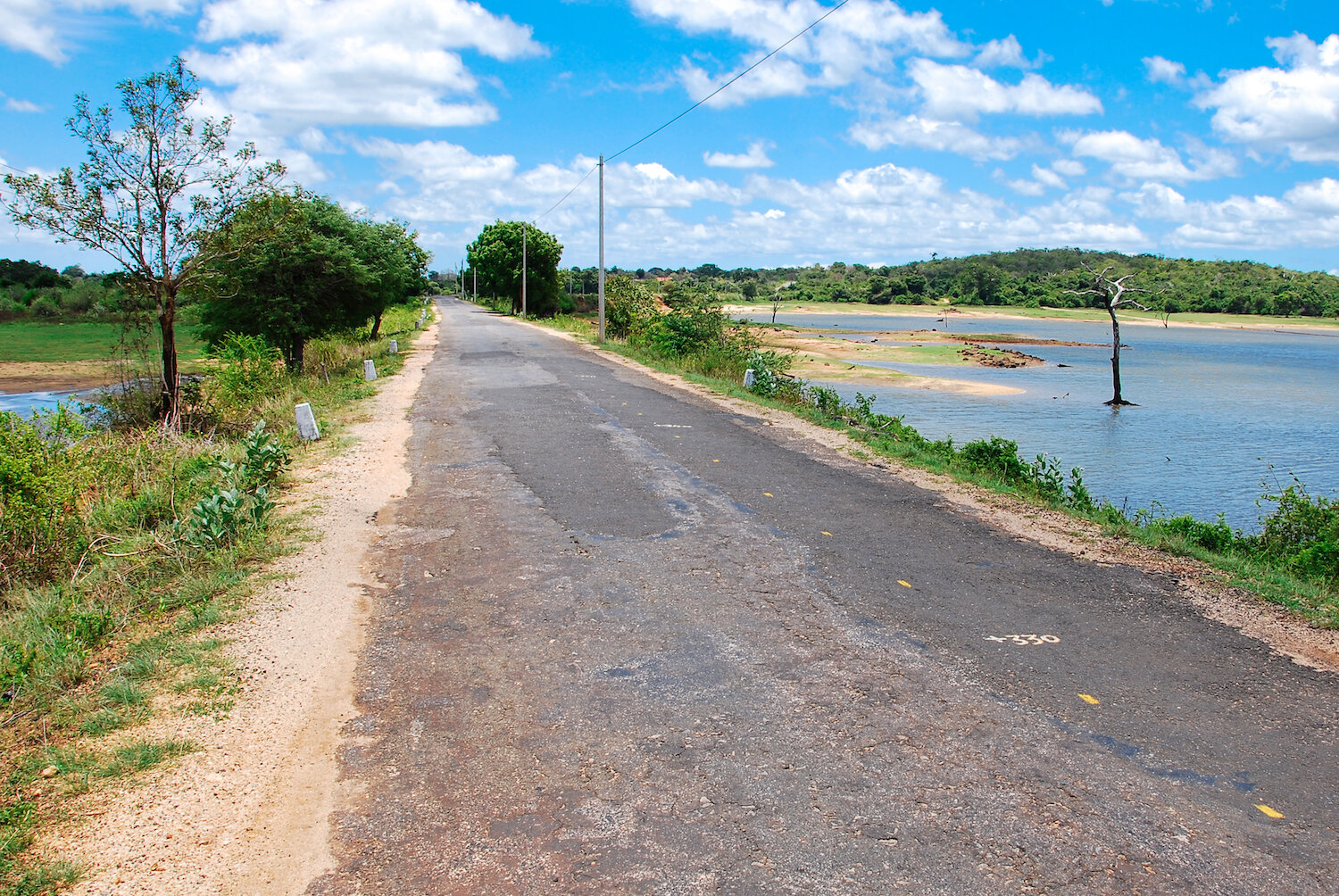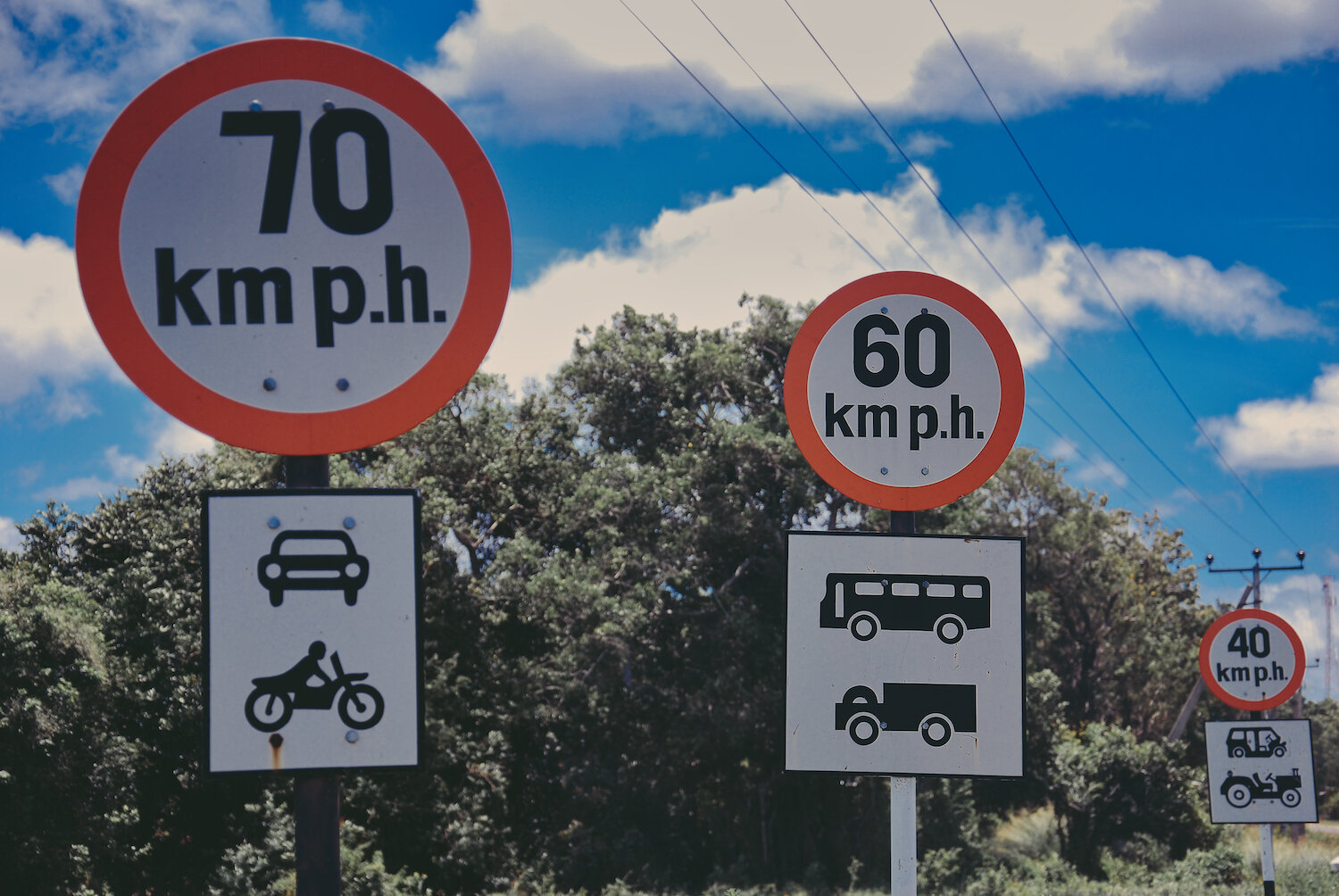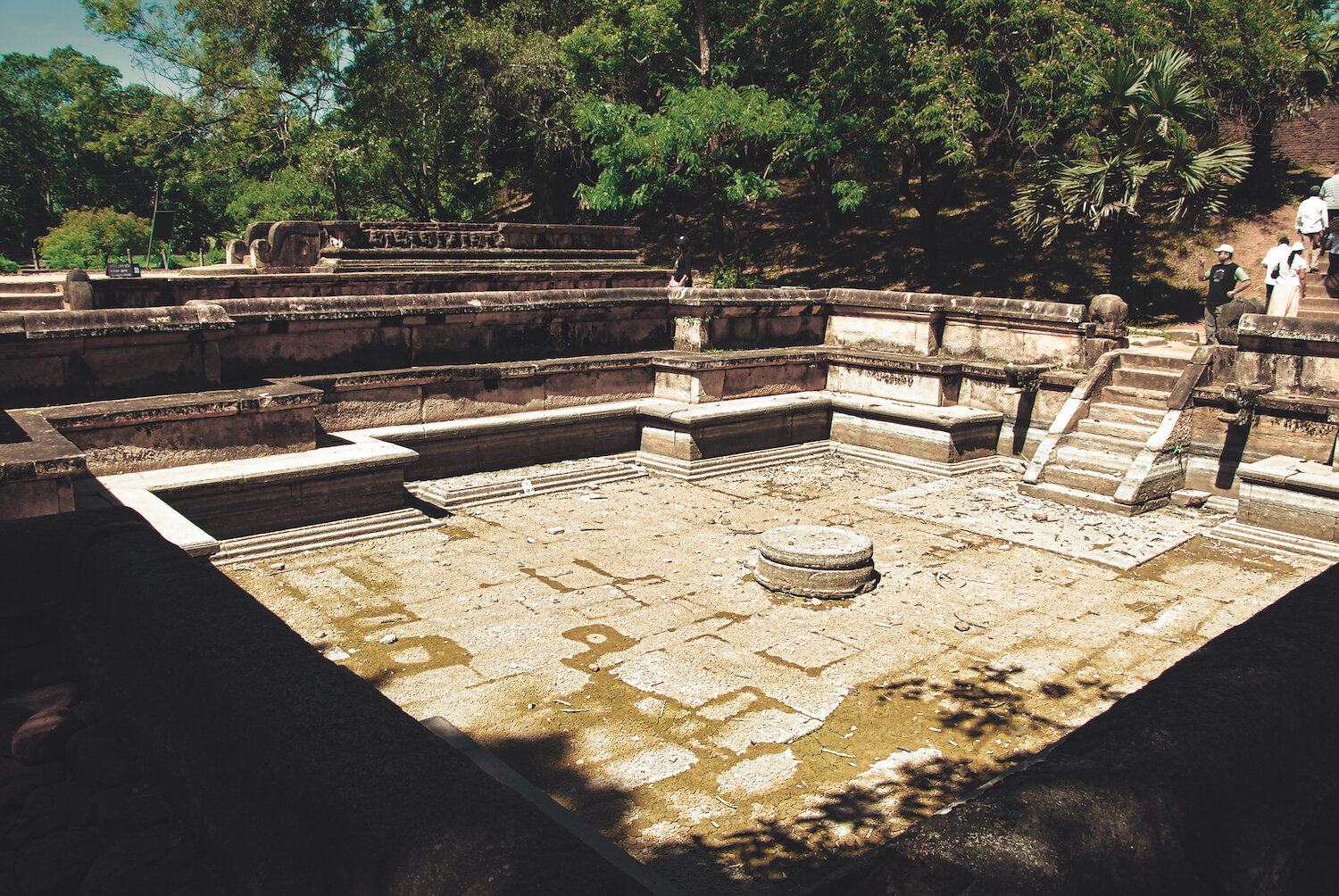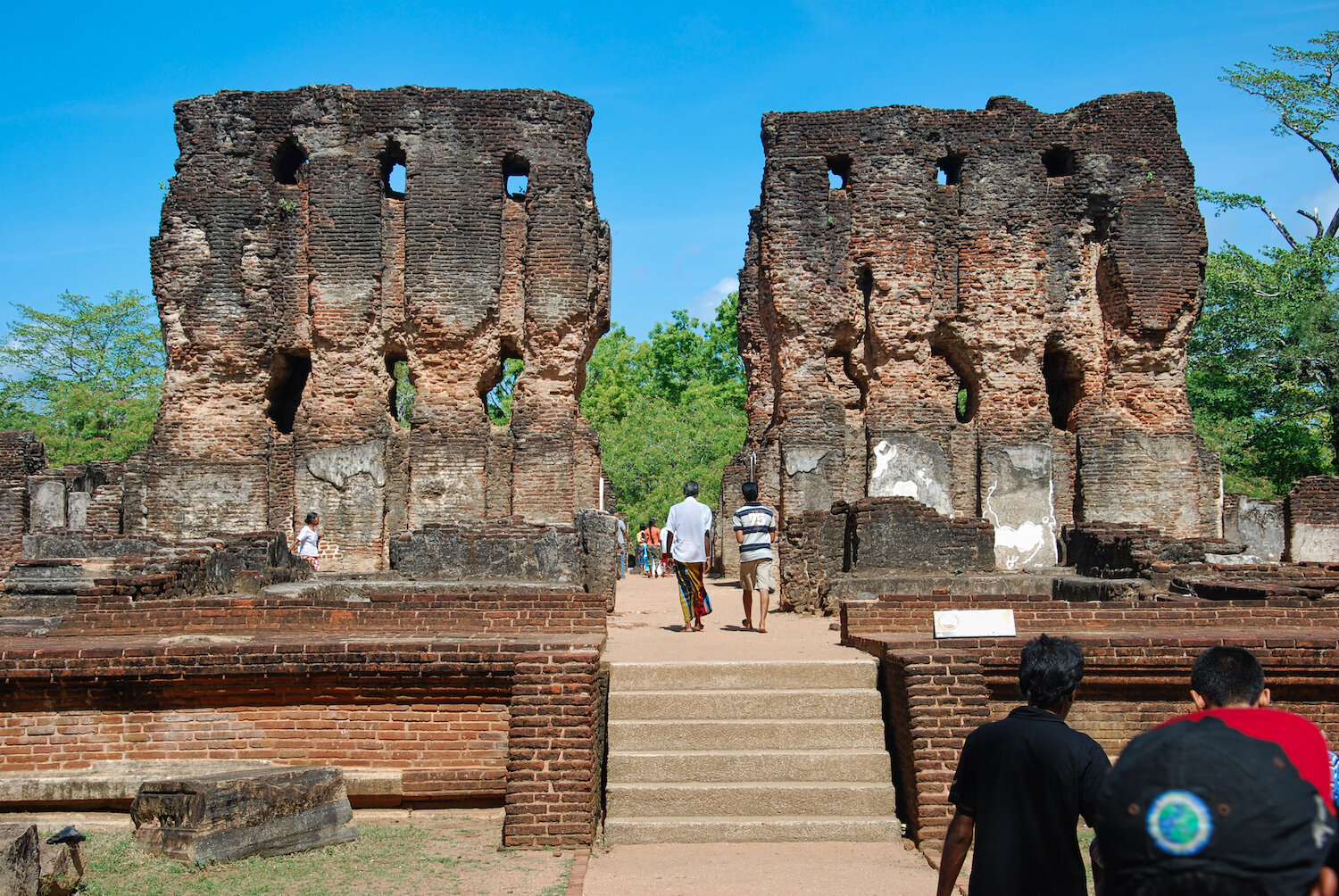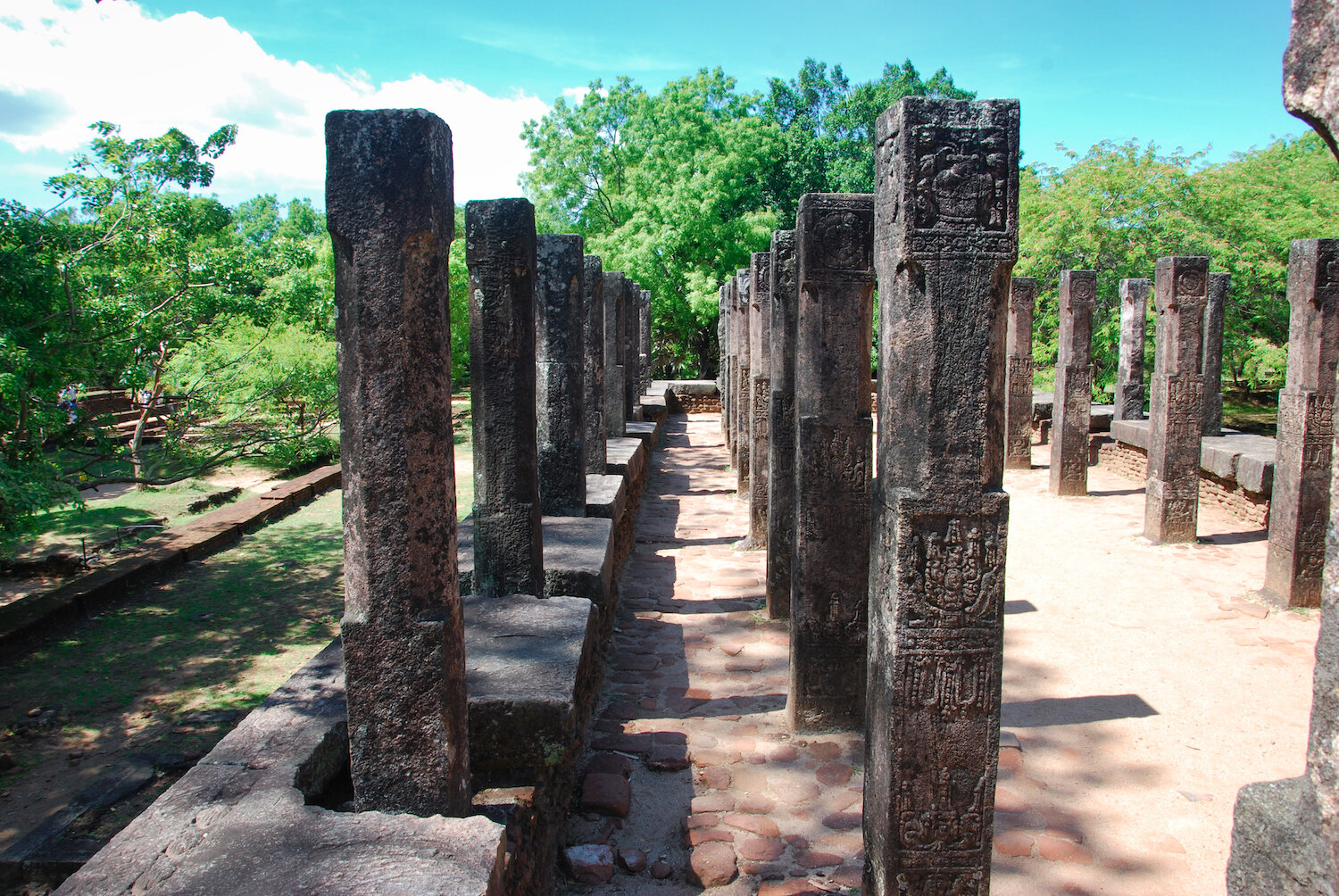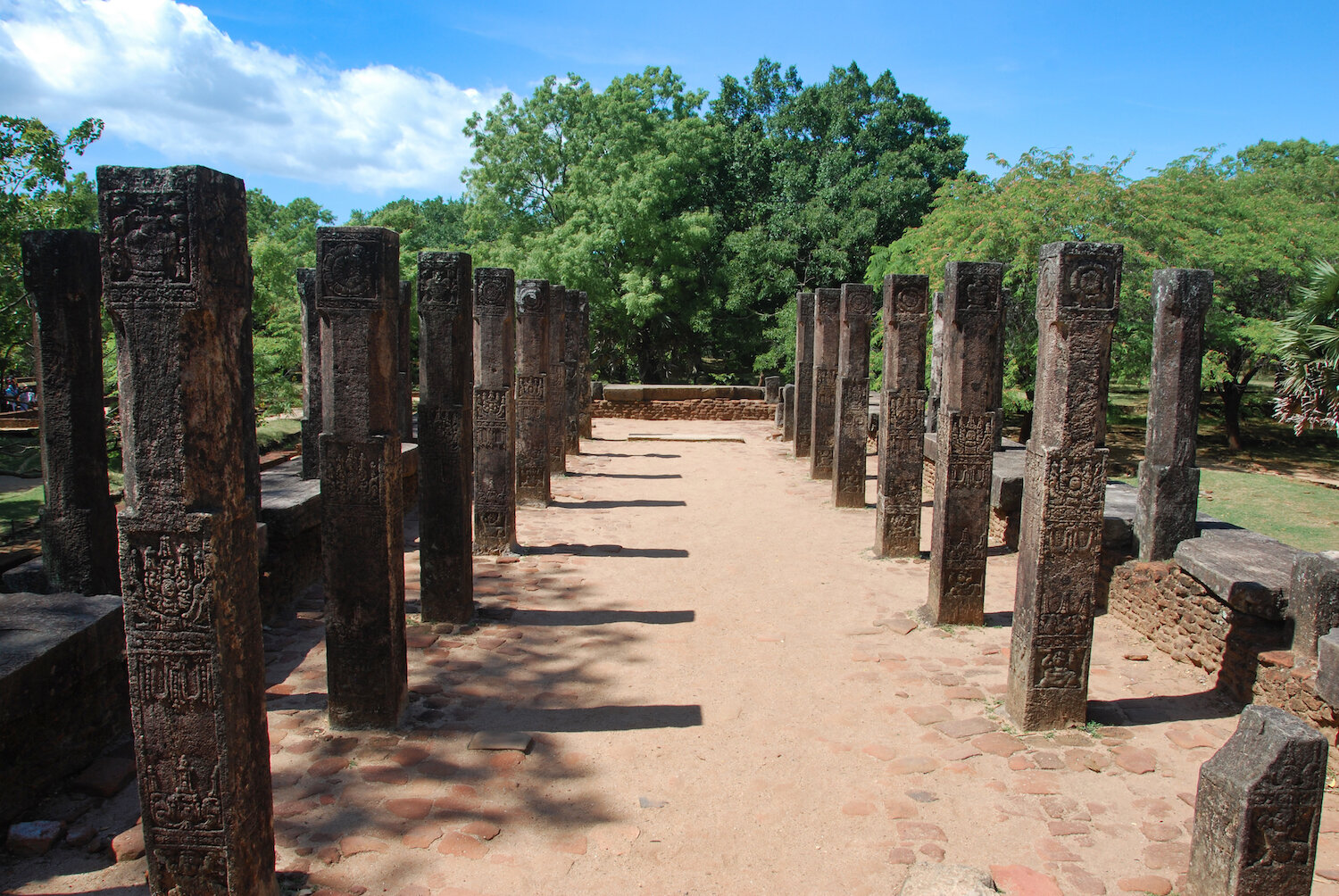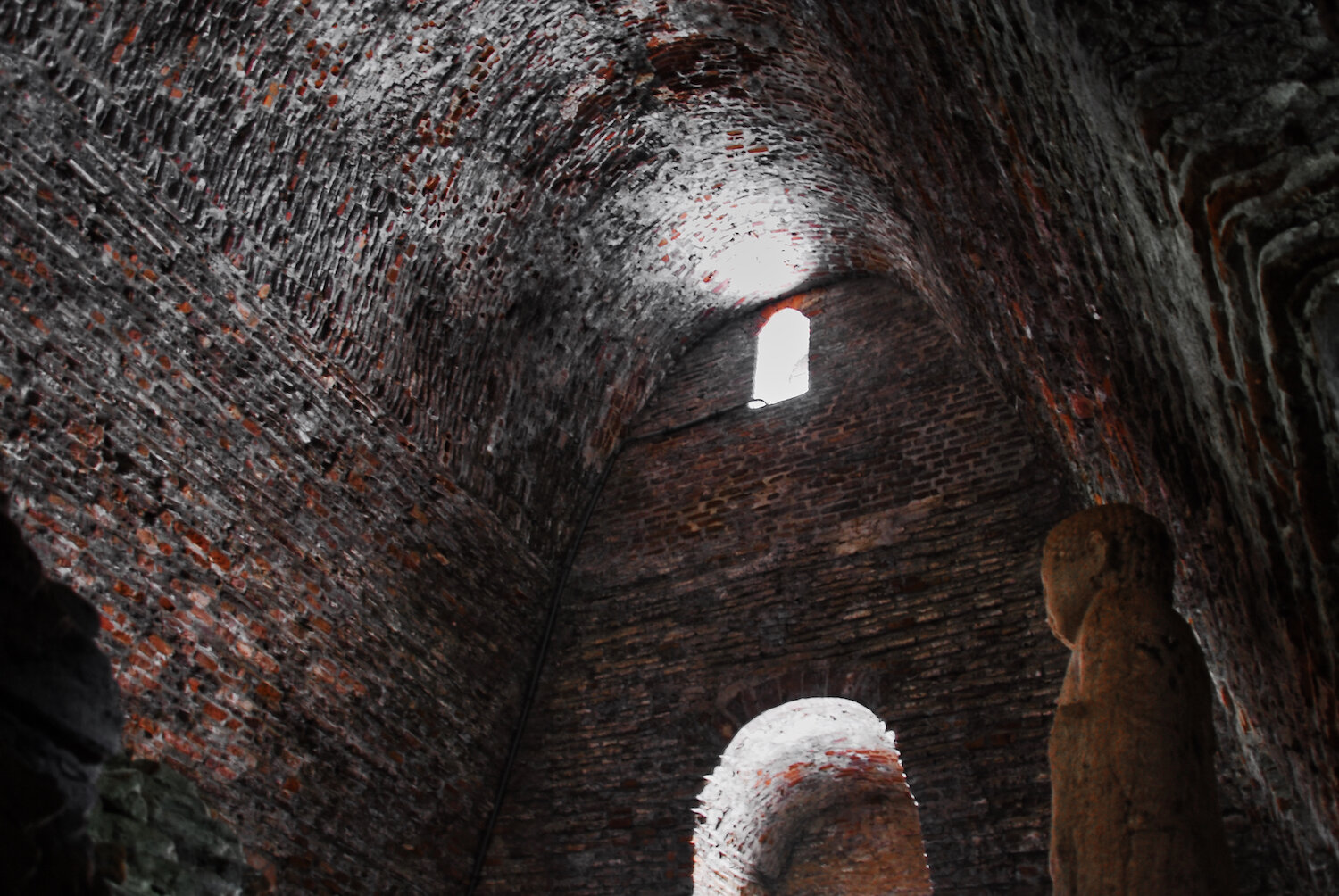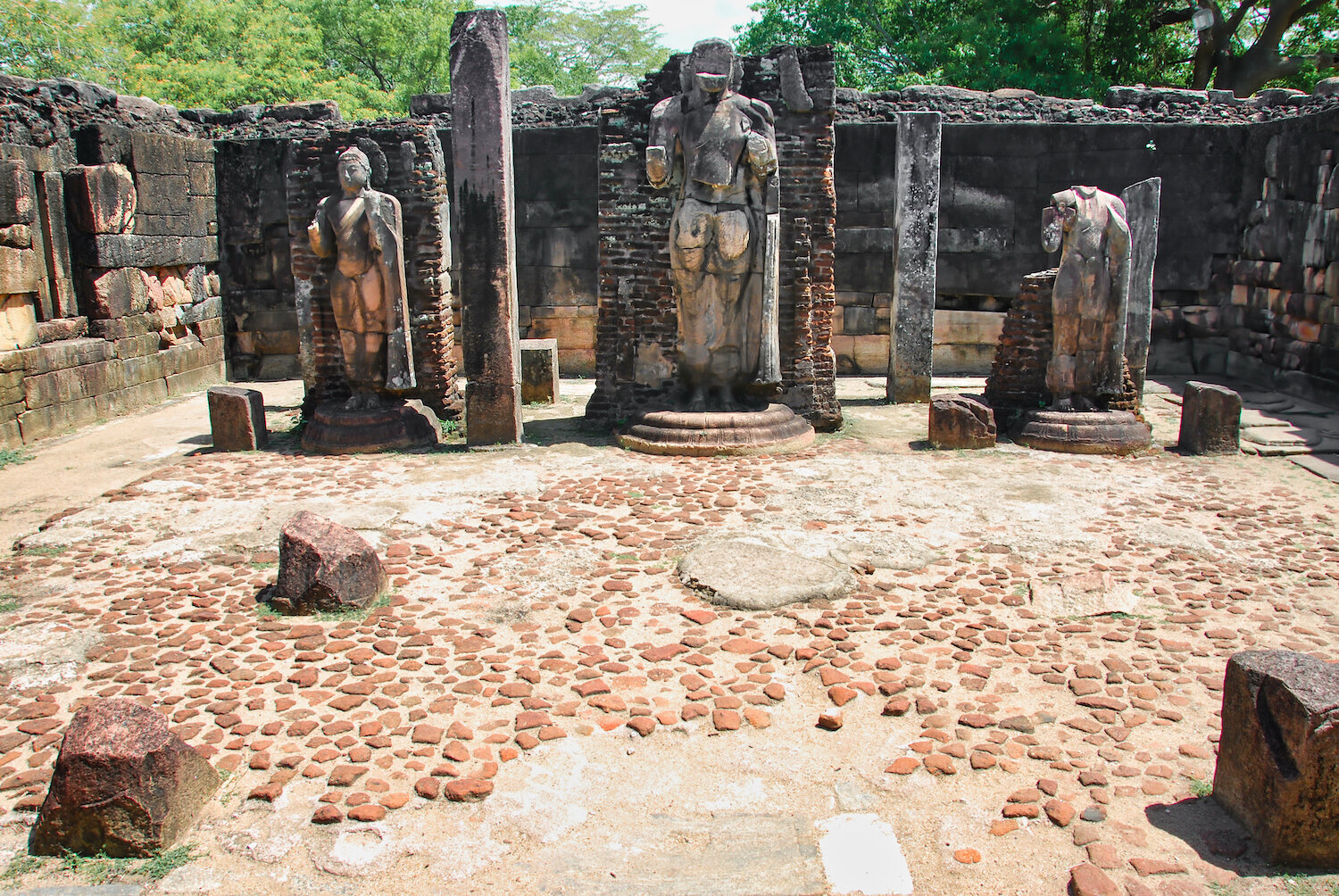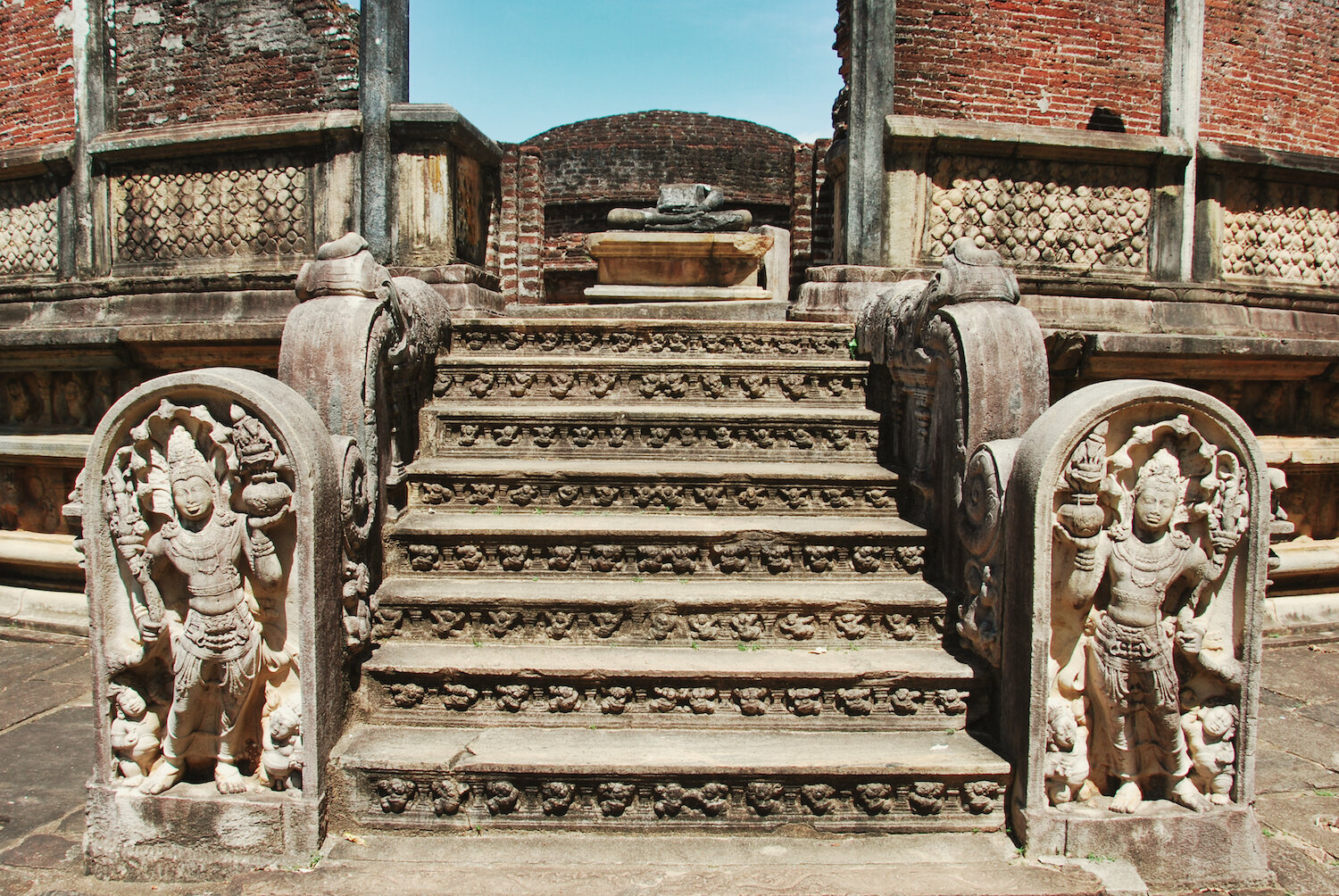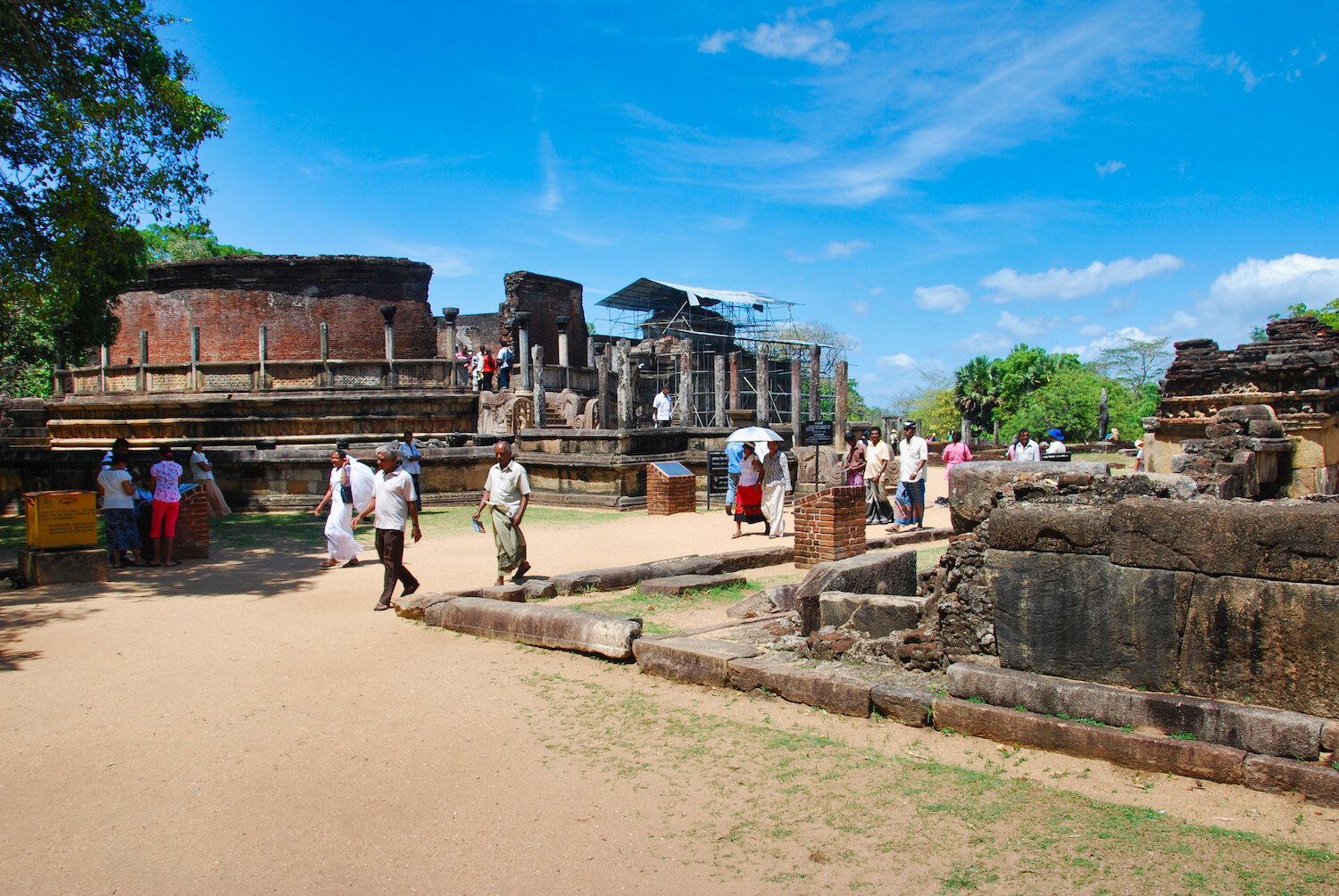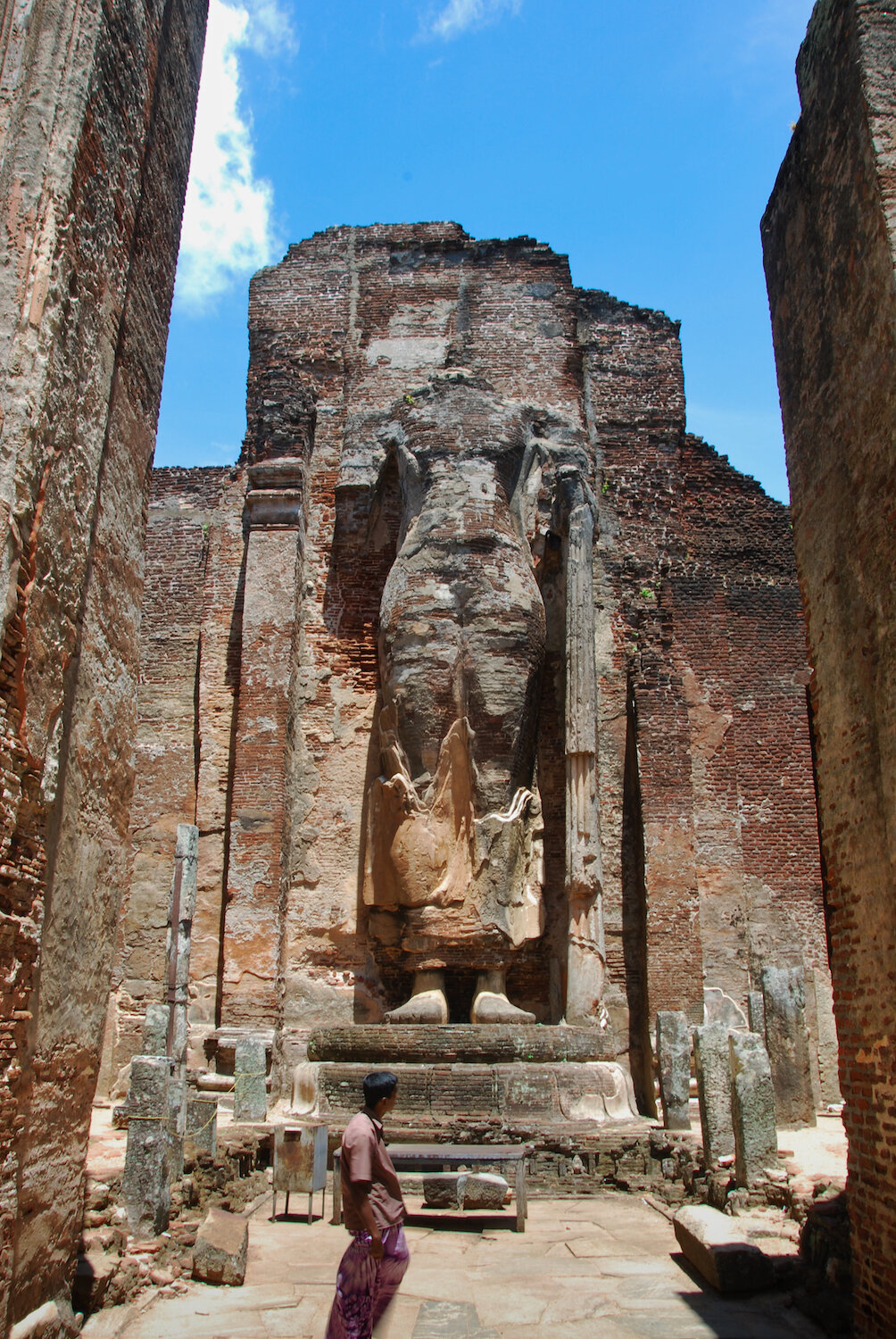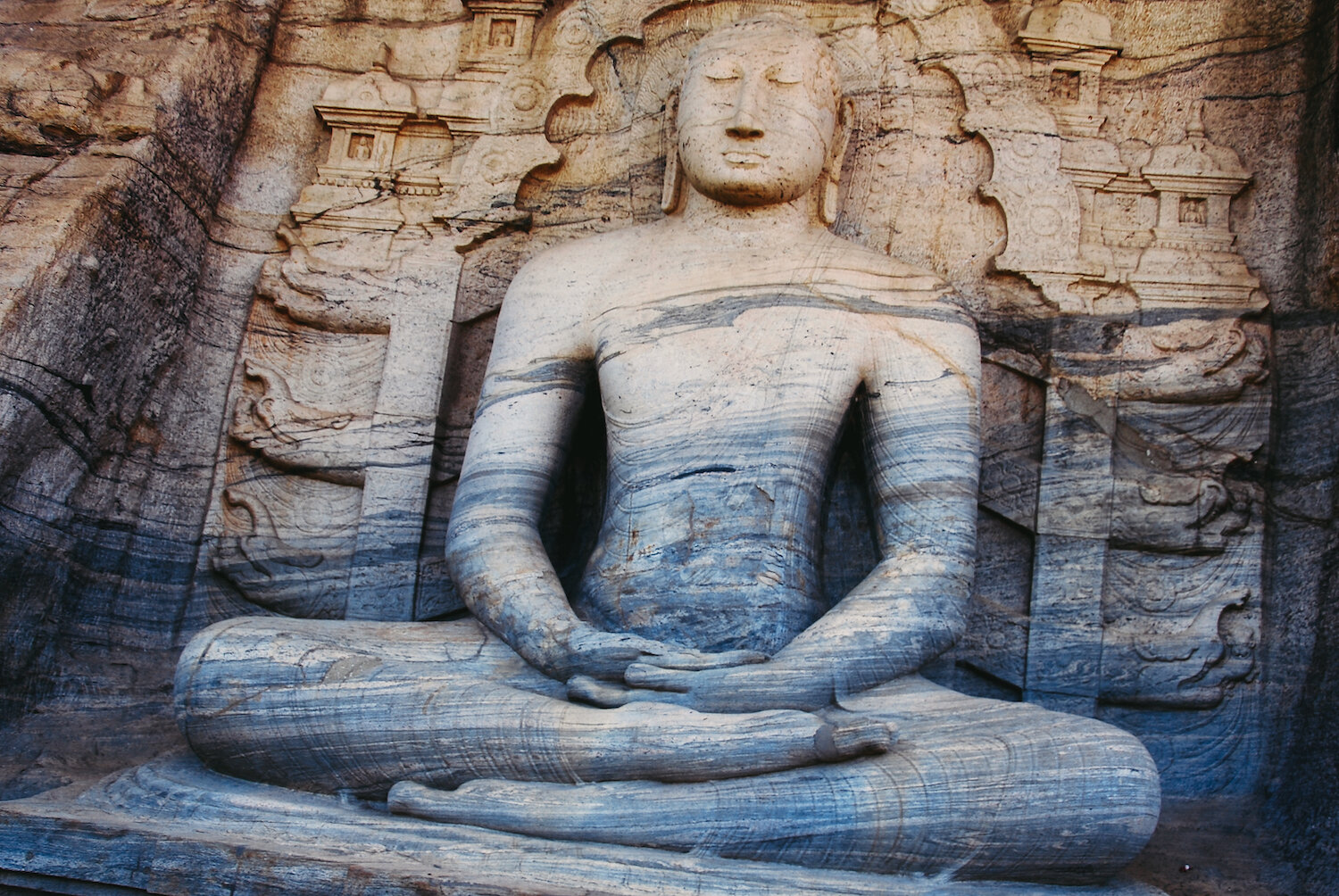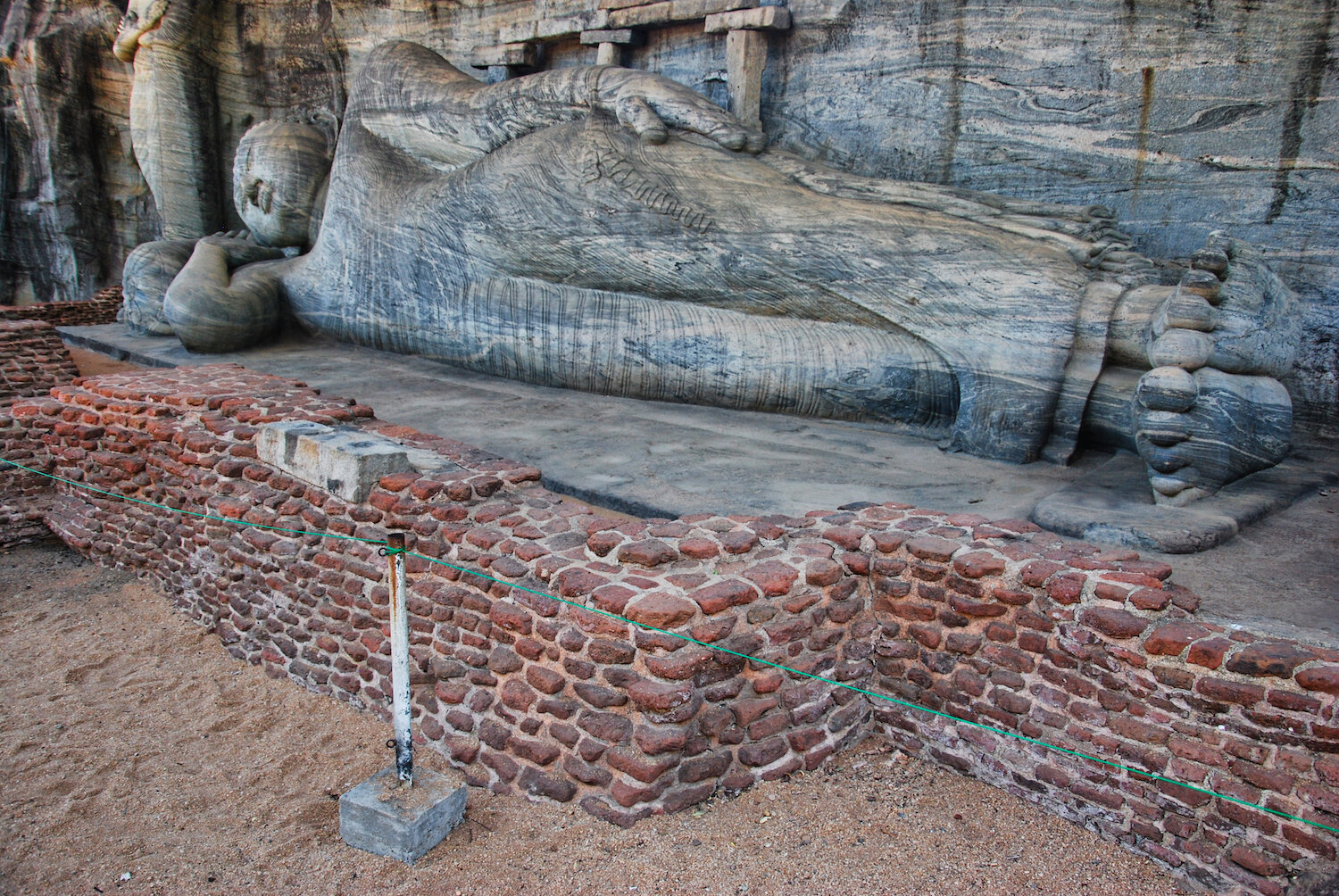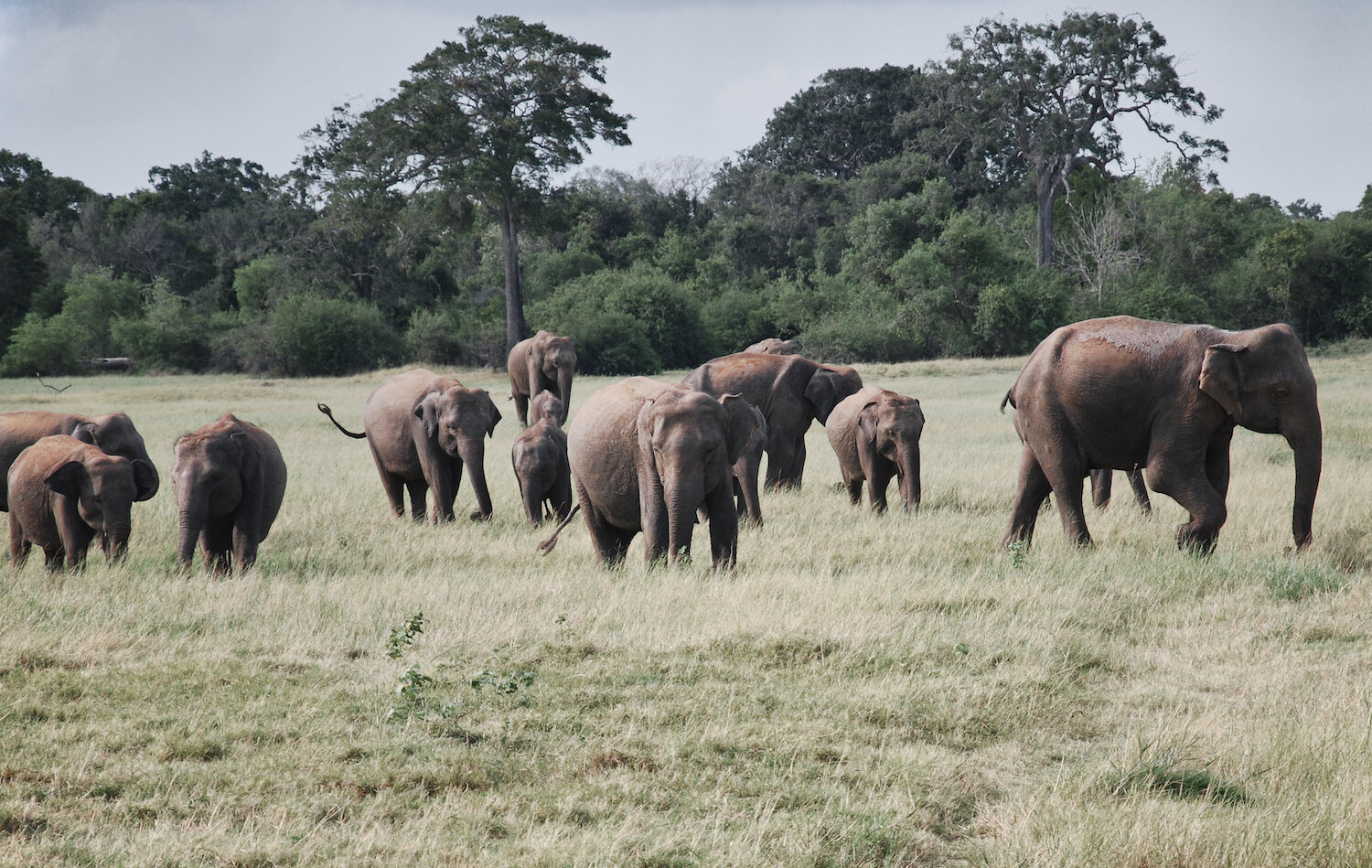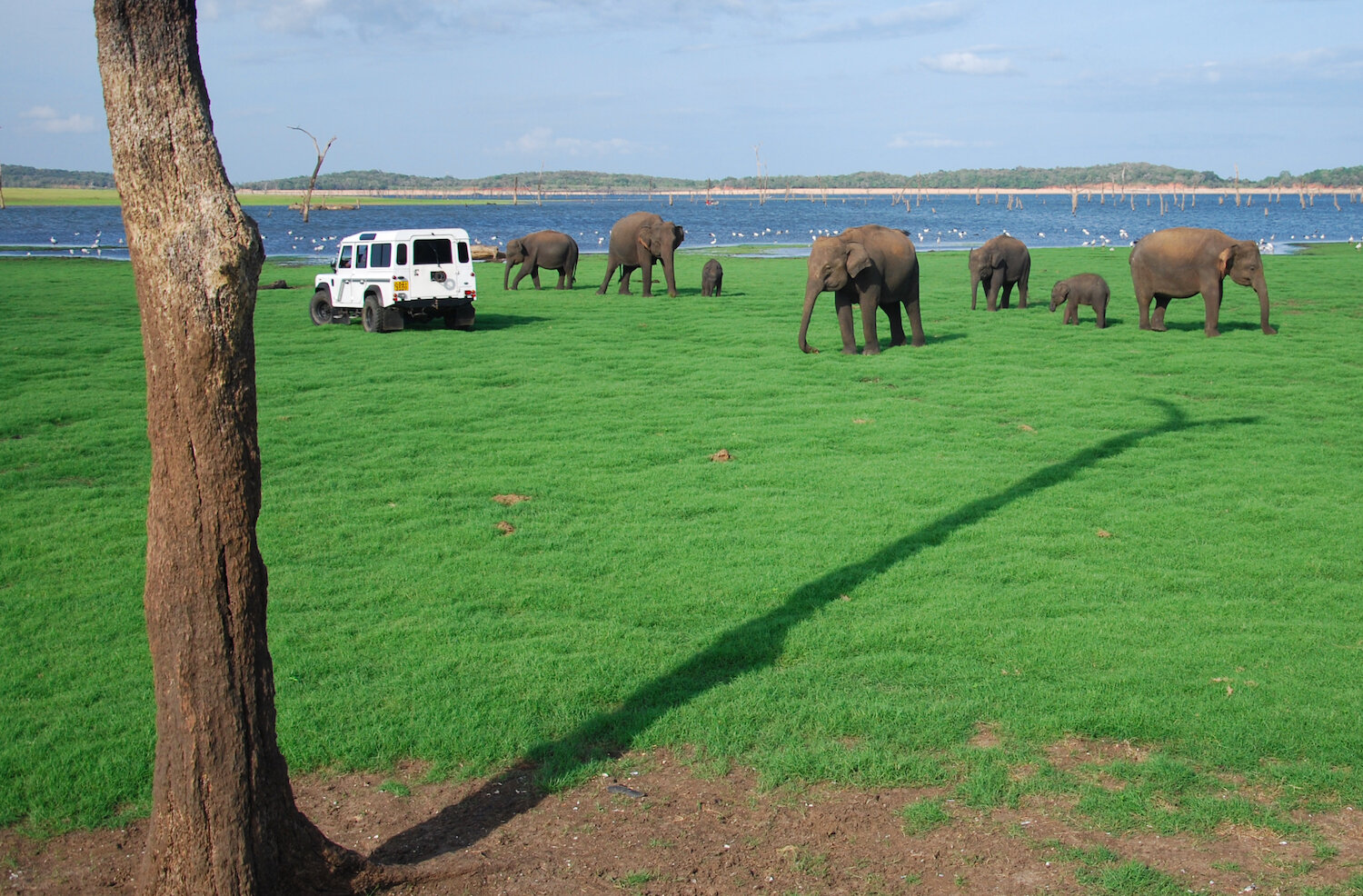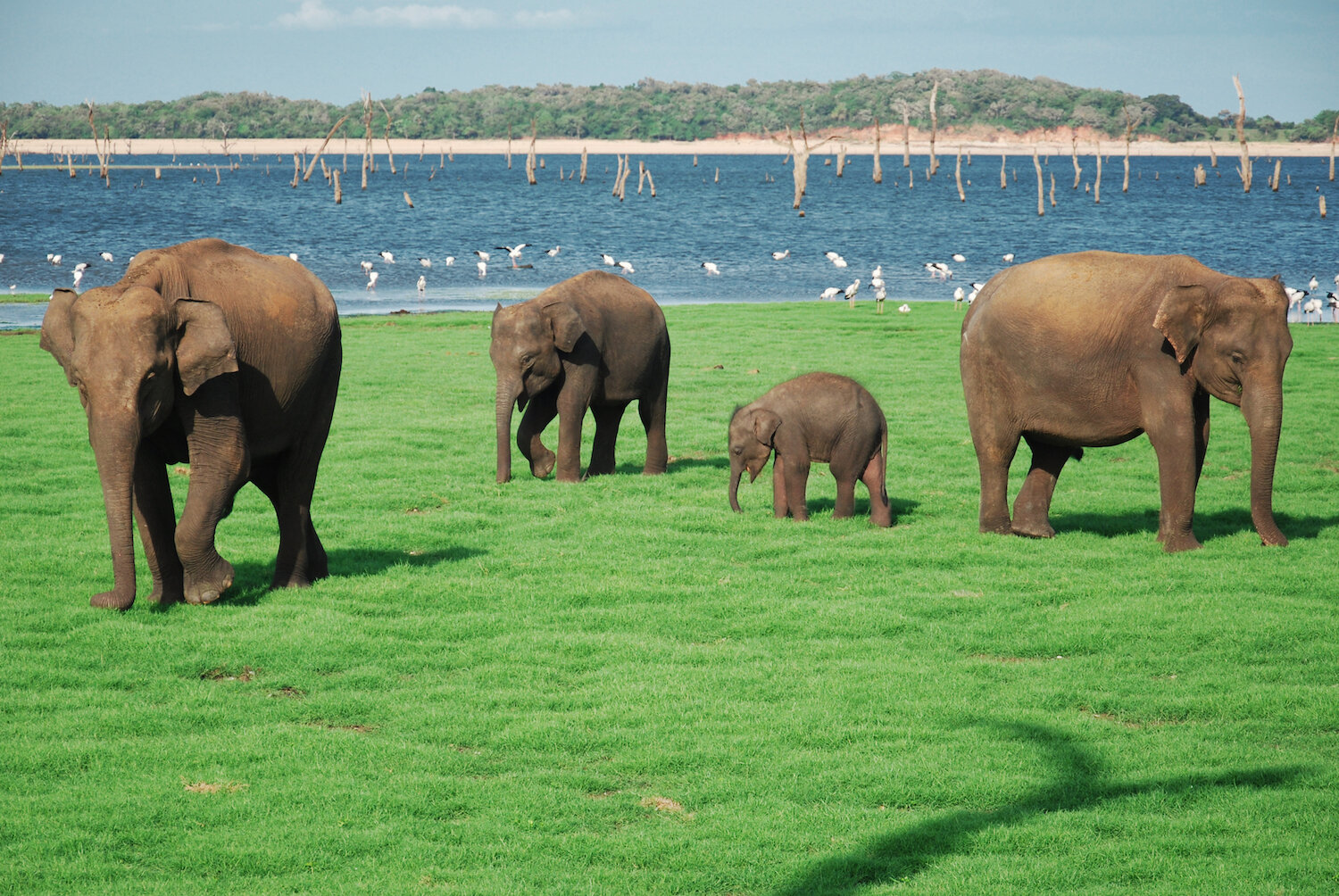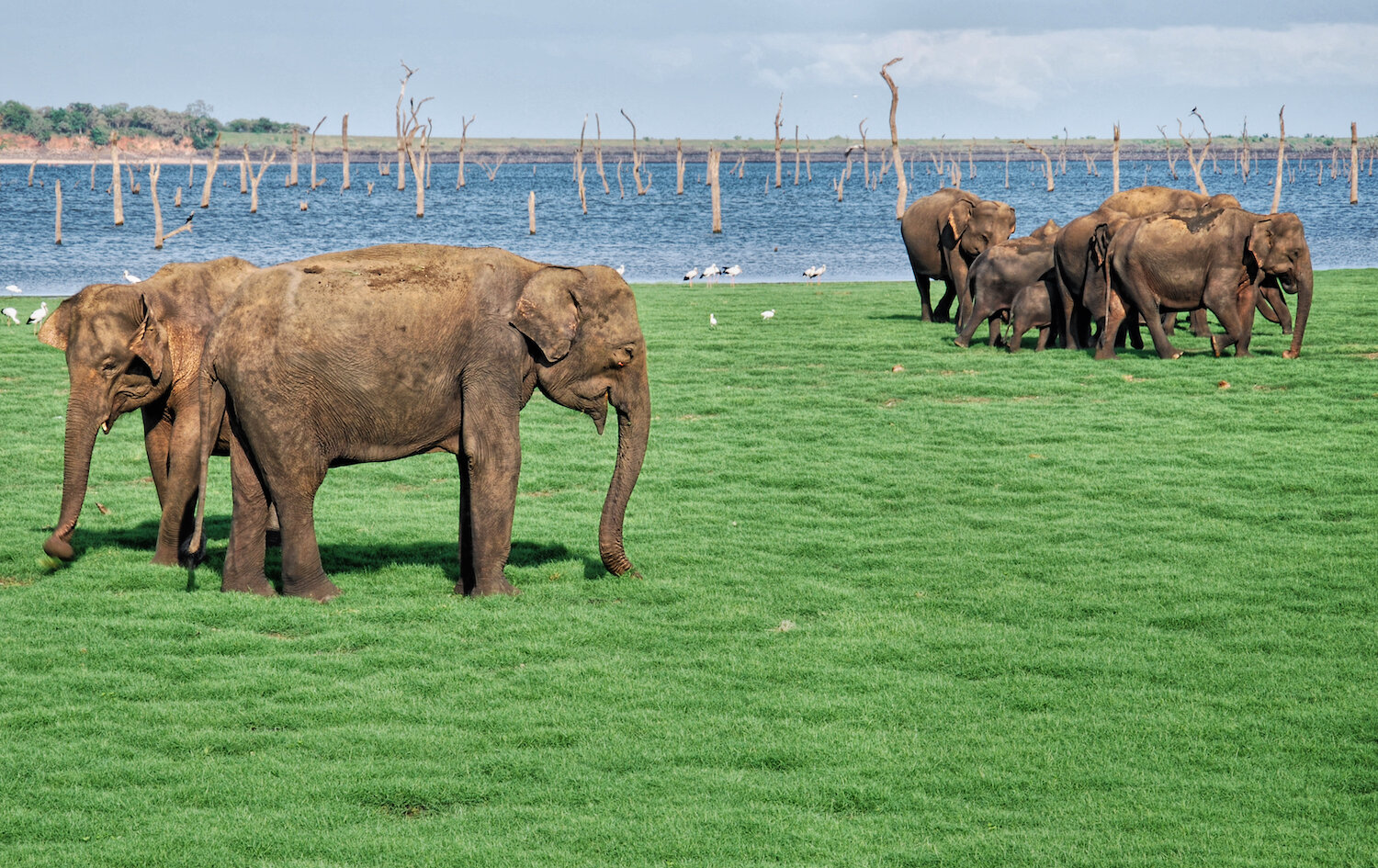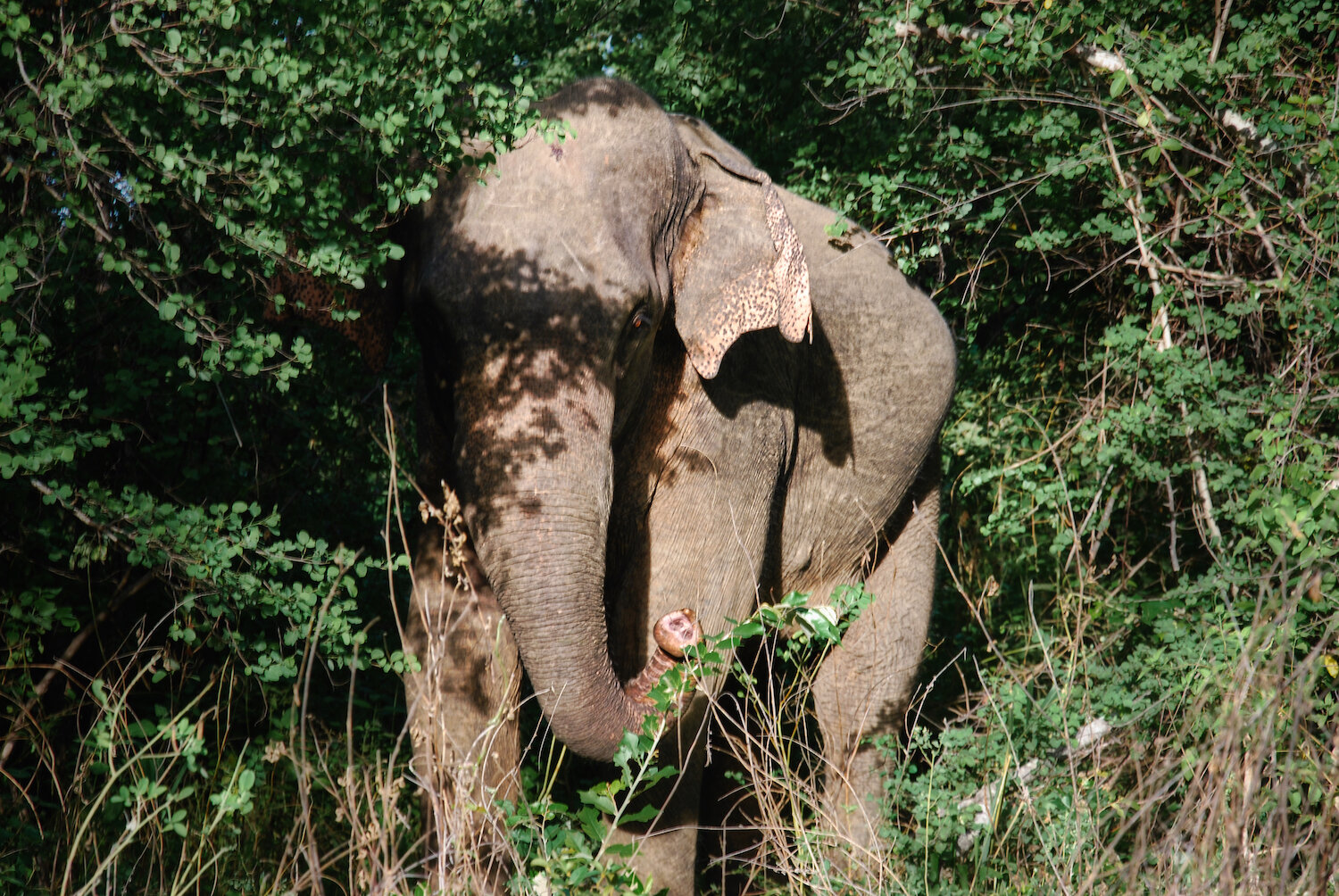73 - Lost Road To Perdition (Polonnaruwa, Sri Lanka)
“So, twas another day, another ancient city. How ancient? Real ancient. Like one thousand years ancient, ya heard. A South Indian King (King Vijayabahu I) made Polonnaruwa his capital after conquering Anuradhapura, judging it less susceptible to attack than Anurad. Also, fewer mosquitoes...”
SO, RELUCTANTLY, I TORE MYSELF FROM ANURADHAPURA. I hated to leave my new friends, but a rolling stone’s gotta roll… or something. Curiosity pointed north. Practicality steered me east. Though there’s an unseemliness attached to worn-torn tourism, the physical scars of Sri Lanka’s ferocious civil war intrigued me. The aftermath lay north of Medawachchiya, the heart of previously controlled LTTE (Tamil Tiger) areas. That aftermath included an estimated two hundred fifty thousand Tamils reportedly held in deplorable internment-camp conditions near Vavuniya. As you might imagine, the government had a tight grip on the flow of information in and out of the region. But not absolute. Though NGO workers weren’t normally given access, French medical volunteers did glimpse the carnage. For their trouble, they were expelled from the country. In fact, I could’ve been expelled for writing these words.
A gauntlet of military checkpoints stood between me and Jaffna in the far north. Solo travelers required special permission to pass. I had no clue how to obtain said permission and a pessimistic outlook on my chances of receiving it. Public transport was a viable option and guaranteed my passage north, but this was suboptimal in a “defeats the whole purpose” sort of way. No route deviations. No unscheduled stops. No bueno. No way I would’ve seen the camps from public transport, at least not in any depth. And give up the Baja? Not a fargin chance.
With all that in mind, I capitulated, driving east to the seaside city of Trincomalee. My disappointment in light of the “lost road to Jaffna” quickly faded. The route to the coast was a pleasant one, lined with picturesque reservoirs and rolling green hills. Traffic was light, perfectly matching my mood. And if finding residue from recent conflict was my aim, then mission accomplished. There were checkpoints all along the way. If that were a person’s only exposure, one might’ve deemed Sri Lanka a police state. My interactions with G.I. Sri were nothing but cordial and required only the occasional flash of my license. Smiles were in abundant supply. One soldier suggested we get a beer.
I arrived in Trincomalee late morning only to discover I had zero desire to remain. The city was pleasant enough, if not peppered with military accoutrements. My plan was a night or two to explore Trin and the surrounding beach towns of Uppuveli and Nilaveli. But this would not do. The beach hotels were lackluster, overpriced, and peopled by a motley crew of well-to-do Sri Lankans and pretentious Western tourists. Not my jam, baby. I remounted my iron stallion and headed south toward Polonnaruwa.
Twas another day, another ancient city. How ancient? Real ancient. Like one thousand years ancient, ya heard. A South Indian King (King Vijayabahu I) made Polonnaruwa his capital after conquering Anuradhapura, judging it less susceptible to attack than Anurad. Also, fewer mosquitoes. Not long after my triumphant entrance to Polo, a man (Maxie) approached offering his guide services. I was a tad resistant but quickly acquiesced. Chari and Chandana had set the bar the high. How high? Too high.
Maxie lacked personal transport. Instead of walking, we agreed to share the Baja. Here again, I was hesitant. To this point, I hadn’t much “duo” experience on the bike. Killing me was one thing. Responsibility for native casualties was something else. However, it was that or walk, and I could tell Maxie wasn’t down with mild cardio.
So, I spent hours roving from site to site with a small Sinhalese man riding shotgun. The bike’s height proved quite an obstacle for Max as he mounted and dismounted my royal steed. Although it was nice to have a guide (at the very least he expedited the pace), many of these Johnny-on-the-spots are little more than regurgitating robots. Nice robots, but still robots. Though glad to contribute to the local economy, I understood little of what he said. He spoke rapidly in heavily accented English. A typical explanation would go like this:
“Here is the Temple Sacred Tooth Relic built by King Blahblahnanhananna in year one thousand ninety five. Buddha… something something something… Hindu architect… something something something… carve stone… something something something… elephants… something something something… Indian invasion… something something something… largest stone-carved book in Sri Lanka… something something something… moonstone… something something something… guard stone… something something something. If you want to take picture with flash, is okay.”
I was fuzzy on the historical details, but the place is worth exploring, if only in ignorance. The civilization these people created staggers even from a modern perch. And I thank ye gods for its preservation. People did this back then? Yessir, slap my ass and blow my mind… Kaboom.
(*Disneynature's “Monkey Kingdom” was shot at Polonnaruwa.)
That was the morning. My afternoon? Elephants, damnit. Elephants in Kaudulla National Park. These aren’t the juggernauts of the African Serengeti, but a smaller Asian version. Still, you wouldn’t want to tangle with one. The timing (dry season) was ideal. They linger near water for fresh beverages and fresher grass. They’re machines, consuming one metric shit ton every twenty-four hours. (Roughly three hundred fifty kilograms a day.) That’s a lot of cheddar or, um, grass.
Elephants never forget? You’re goddamn right. The fallout from twenty-five years of civil war wasn’t just traumatic for Homo sapiens. Plenty of PTSD for Dumbo as well. I was told many react negatively to soldiers in uniform, an association of violence and chaos. Though our vehicle was soldier-free, we did pass an ornery soul who seemed to think otherwise. Thankfully, he/she (couldn’t see a ding dong) wasn’t committed to our destruction.
A note on fees. They add up. Yes, I will sound like a cheap asshole, but bear with me. Most cultural/historical sites ran $25 a pop with a “Cultural Triangle” all-inclusive ticket available for $50. (I’m guessing there’s been an increase.) That’s for Johnny Tourist. Price for residents? Free to all. And national parks? Ten dollars por moi, forty cents for denizens. I find that admirable. They should have unfettered access to national treasures. Still, that’s a hell of a mark-up, no? At the time, it felt like extortion.
And now? Yep, still feels like extortion. Had it just been the entrance fees, perhaps my attitude would be different. There was also a $2.50 fee per vehicle for entering the parks. And then there was a mysterious “service” charge to boot. For residents (as in no aliens in the jeep), this service fee was less than $3.00. With yours truly inside, the fee jumped to $8.00. I assume this was to cover the cost of a guide, but I didn’t see any and there wasn’t one with us.
(Notwithstanding my whinging, whining, and cry-assing, I have to remember tourists dollars are the economy’s lifeblood and primary funding source for the maintenance of historical sites and national parks. By subsidizing the efforts, my dollars allow Sri Lankans to appreciate Sri Lanka while giving them a stake in the future and the motoivation to preserve it.)
Park staffers were sticklers. Resident or no, if your skin was white, it was tough titty. I met a European woman married to a native (i.e. a resident) forced to cough up the $25 entrance fee for Polonnaruwa. Caucasian-ish? Case closed. Just another example of whitey getting beat down by the man.
Sri Lankan reform has 'ground to a halt' with torture used freely – UN
Coalition government has failed on promise to repeal Prevention of Terrorism Act
Patrick Wintour Diplomatic editor
Sun 22 Jul 2018 19.01 EDT
Sri Lanka’s progress towards reform has “virtually ground to a halt” and brutal torture is used with impunity, the UN concludes in a scathing report on the country’s human rights record…READ MORE
What lies beneath? This was the question outlining all I saw and experienced during my first week. I knew there was a substantial hangover from a twenty-five-year civil war, but I hadn’t seen it. Glimpses maybe, but nothing that screamed brutal internecine strife. Sure, there was a thick military presence in some areas, but little urgency or tension hung on the breeze.
What was the civilian consensus? A resounding, “Hunkey dorey. War’s over. Let the good times roll.” And I have no doubt their sentiments were sincere, if not grossly inaccurate. Of course, “local” meant Sinhalese, not Tamil. Had I met many Tamils, I’m betting the response would’ve been starkly different (assuming they were comfortable enough to speak freely). This is why I wanted to head north to the predominately Tamil areas and, not surprisingly, why it was so difficult to do so. No one ever mentioned two hundred thousand people interned near Vavuniya. Honestly, I’m not sure many knew it was happening. As I mentioned above, the government held a vise grip on domestic media. Between online sources and a few encounters with expatriates, I realized the truth was complicated and unsavory.
Was the LTTE (Tamil Tigers) really kaput? Yes, but I couldn’t know then. (Hence the constant inquiries.) Remember Wilpattu National Park? Not only was it heavily mined, remnants of the Tigers were rumored to be holding out inside the perimeter. Or not. Rumors are like assholes and not nearly as useful. I toyed with the idea of a visit but abstained in the end. Maybe that wasn’t such a bad call.
Safety was a concern though, thankfully, an unjustified one for the most part. Supposedly, there hadn’t been a single documented tourist death in all those intervening years directly tied to the conflict. Foreigners were strictly off-limits. Nobody wanted to kill Sri Lanka’s cash cow: tourism. Battlefield lines bled into the court of public opinion (international and domestic). Western support for either side hung on perception. The government knew it. The Tiger leadership knew it. Dead tourists are bad for business and a public relations nightmare. No surprise to hear white skin provided a virtual shield of invulnerability. Follow the white dude. If a suicide bomber entered a bus with a westerner on board, they’d allegedly get off and seek a different target. The running joke: Wanna stay safe? Stay close to Casper.


